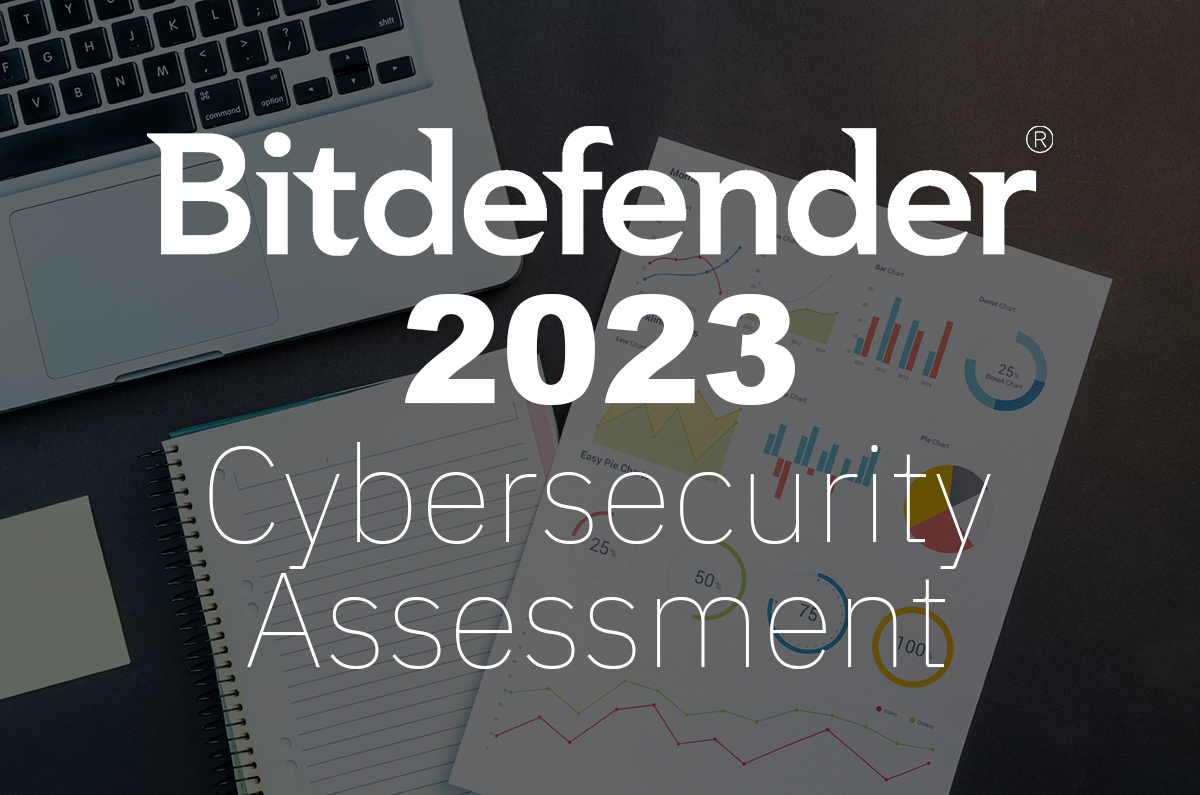How MSPs Can Master Cybersecurity Challenges in 2024

It was a difficult year for cybersecurity teams in 2023, and there is little sign that 2024 will be much easier as an avalanche of increasingly sophisticated threats continues to bombard organizations’ rapidly expanding threat surfaces. As a result, cybersecurity teams are overwhelmed – unable to protect the organization from malicious threats that are seeking to penetrate corporate networks, take over critical business systems, hold them for ransom, and exfiltrate data.
Thankfully, managed service providers (MSPs) are stepping in to fill this security gap. Providing superior security coverage gives customers peace of mind that they are doing everything they can to stop attacks and mitigate the impact of network breaches. However, the same challenges making life difficult for enterprise security teams can hamper MSPs’ ability to service their clients effectively and efficiently. After all, MSPs are a business and need to keep an eye on shrinking margins to show profit and grow.
Here are six cybersecurity hurdles that will dominate the conversation in 2024 and how MSPs can overcome these challenges while keeping an eye on the bottom line.
1. The Cybersecurity Skills Gap
Trend: Innovation is driving business to unbelievable heights as artificial intelligence (AI), the Internet of Things (IoT), robotic process automation (RPA), and other advanced technologies continue to mature. The problem is that every innovation leads to additional security requirements, and MSPs often find themselves bolting on additional toolsets that then need to be integrated into an already bloated security stack. Hiring and retaining experts who can manage these tools is increasingly difficult, and developing skillsets in-house can be expensive.
Solution: MSPs can close the cybersecurity skills gap by implementing a holistic security solution that monitors the entire threat surface across these diverse toolsets. Security event information from the cloud, the network, applications, and endpoints can be consolidated and centralized in a single management platform where analysts can get an overview of security posture across threat surfaces and the ability to drill down to individual events. This includes traditional prevention solutions such as antivirus (AV) and anti-malware (AM) tools as well as more advanced security solutions such as endpoint detection and response (EDR), extended detection and response (XDR), and threat intelligence. Going beyond just monitoring, these solutions provide deep analytics – giving analysts the context and recommendations they need to resolve issues as quickly and as non-disruptively as possible. Delivered as a service, this allows MSPs to ensure they have the expertise on their teams to handle any customer issue that may crop up.
2. Compliance Complexity
Trend: A new compliance-related acronym seems to jump into the public consciousness every day. GDPR, NIST, FedRamp, SB-327, the list continues to grow. This can be especially difficult for MSPs who cater to more than one industry or region and must address multiple compliance requirements for different clients – all at scale without rising prices.
Solution MSPs can get a handle on evolving compliance landscape by putting processes in place that help maintain good cyber hygiene. While regulations differ in terms of the type of information they deal with, they pretty much all have the same goal of keeping data secure. This can be done by actively seeking out and identifying potential compliance issues such as network misconfigurations, provisioned resources that are no longer in use, and other vulnerabilities in owned and unowned infrastructures. Identifying human risk is important as well, since most breaches today are a result of user error or poor judgement. Once this baseline has been established, resolving these vulnerabilities is much more effective.
3. Evolving Cyber Risks
Ransomware as a Service (RaaS) and phishing kits are lowering the barrier to entry for even the least savvy threat actors. Now, anyone with a credit card or Bitcoin account can purchase sophisticated attack code that allows them to target even the most hardened networks – whether they have coding experience or not. Unfortunately, traditional security solutions are not enough to stop these attacks, putting organizations at great risk.
Challenge: Fortunately, the cybersecurity industry is extremely collaborative, and MSPs can leverage the expertise of their vendors and partners as well as other MSPs. Huge knowledge bases are available through blogs, use cases, community message boards, and other collateral. MSPs can even create a monthly threat digest or debrief of cybersecurity news, intelligence, and best practices and distribute it to their customers.
4. Shifting Business Strategies
Challenge: The reality of today’s cybersecurity landscape is that breaches are inevitable. Even the most skilled cybersecurity team will never be able to stop every threat. Instead, cybersecurity teams are implementing a two-pronged strategy that layers detection and response on top of traditional prevention-focused solutions. Focusing on detecting threats already inside the network and how you can mitigate the impact of these threats is a much more efficient strategy.
Solution: MSPs should consider offering their clients managed detection and response (MDR) services that focus on mitigating the impact of attacks on business operations. This starts with the accurate assessment of vulnerabilities and risk that I mentioned above and continues with 24x7x365 monitoring of these assets. Pre-approved actions and battle plans need to be mapped out in collaboration with each client, ensuring that regular business can continue (or be restarted quickly) in the event of a successful breach. Fast detection is key, of course, to preventing threats from lying in wait in some forgotten corner of your customer’s network, probing in the background in search of valuable targets.
5. Providing Services at Scale
Challenge: The world continues to digitize and expand threat surfaces, making it extremely difficult to scale security operations everywhere clients do business.
Solution: MSPs need to approach each vertical they service with a specific set of requirements mapped against each customer’s priorities. This requires an extensive managed services platform that is also composable – allowing MSPs to meet the needs of their clients without providing unnecessary services or coverage. As the on-boarding process commences, security analysts should be able to pick and choose the features and capabilities that make sense given the engagement and customer needs.
6. Transforming Security Solutions
Trend: Attacks may be getting more sophisticated, but cybersecurity teams are bridging the technology gap by fighting fire with fire – using artificial intelligence, machine learning, and large language models (AI/ML/LLMs) to enhance their own capabilities. But getting a handle on these new technologies can be daunting.
Solution: MSPs should use the power of generative article intelligence (GenAI), big data, and other advanced innovations to improve their understanding of their customers’ security posture and threats and provide next-step recommendations for fast remediation. A purpose-built managed services platform can simplify these complex technologies, helping MSPs get the most out of their investments. Capabilities such as multi-tenancy architectures and remote management and monitoring (RMM) solutions are critical for MSPs that service a lot of customers and help them deliver managed security services with an efficient and scalable model.
Summary
From increasingly sophisticated threats to the emergence of AI-powered solutions, 2024 is shaping up to be a transcendent year for cybersecurity professionals. MSPs have an amazing opportunity to help their customers assess risk, uncover potentially harmful vulnerabilities, and mitigate the impact of attackers already inside their networks. However, if not addressed, the same challenges that are frustrating enterprise cybersecurity teams may make managed security services cost prohibitive for even the most efficient MSPs. Fortunately, the right managed detection and response (MDR) solution can help MSPs meet these challenges and deliver effective, efficient services at scale.
tags
Author
Right now Top posts
FOLLOW US ON SOCIAL MEDIA
SUBSCRIBE TO OUR NEWSLETTER
Don’t miss out on exclusive content and exciting announcements!
You might also like
Bookmarks











